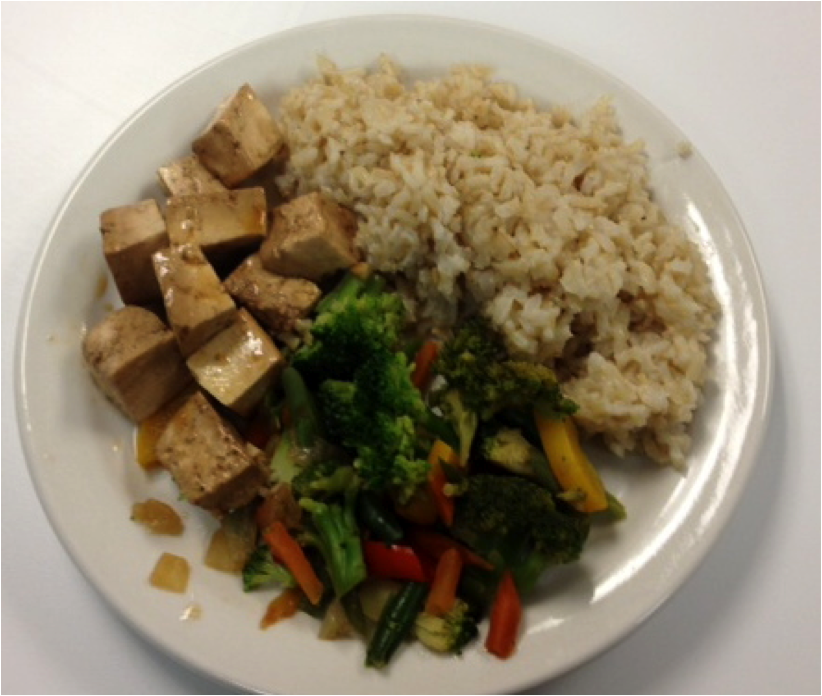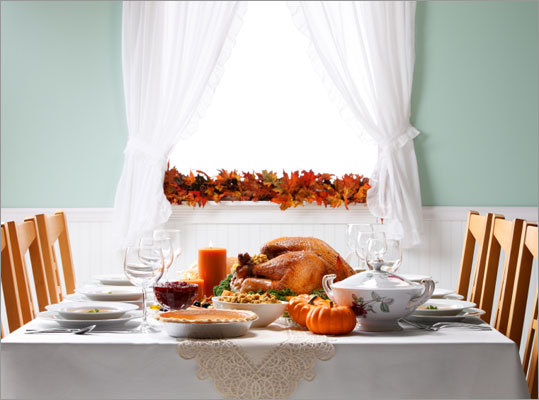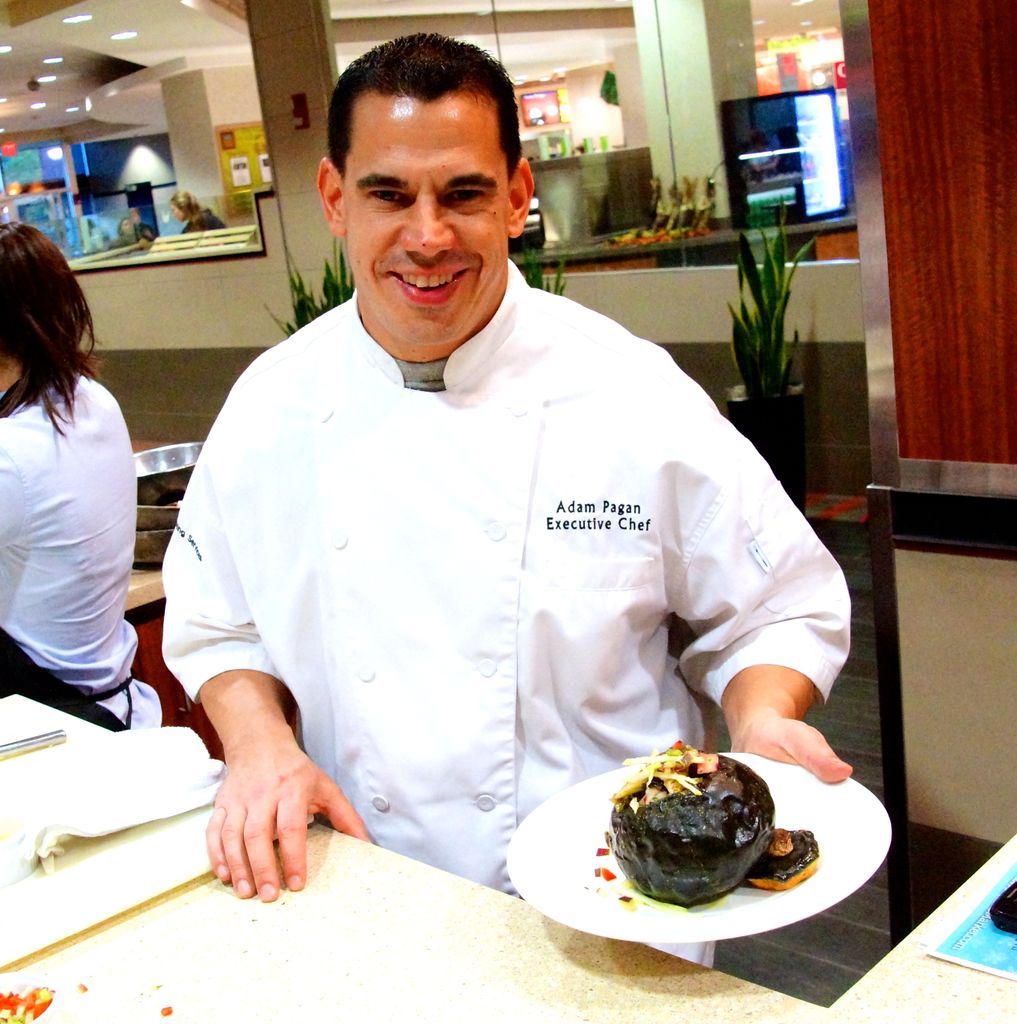By Kelli Swensen, Dietetics Student, Sargent College
“You have to have a dream so you can get up in the morning” – Billy Wilder
Monday morning I went to get the latest update from Danka Charland on how far she’s walked (for more background be sure to check out our previous post on Danka’s walking!). My expectation for the interview was that she would give me a brief update of how many miles she’s gone and how everything was going; these expectations were blown out of the water. Not only did I come out of the meeting impressed by just how many miles she has been able to pack into almost three years, but also left with a fire of motivation rekindled in me (and a delicious oatmeal recipe).
 To briefly recap, almost three years ago Danka bought a pedometer and, thanks to a recommendation from a friend, decided she would walk the amount of steps that it would take to walk from Boston to San Francisco. Keeping the pedometer on all day, Danka has reached and far exceeded her first goal. She has now theoretically walked enough steps to walk from San Francisco to Alaska to Moscow. Her ultimate goal is to reach her home village in Poland, which she expects she will do by February 3rd (about 6 months ahead of schedule!).
To briefly recap, almost three years ago Danka bought a pedometer and, thanks to a recommendation from a friend, decided she would walk the amount of steps that it would take to walk from Boston to San Francisco. Keeping the pedometer on all day, Danka has reached and far exceeded her first goal. She has now theoretically walked enough steps to walk from San Francisco to Alaska to Moscow. Her ultimate goal is to reach her home village in Poland, which she expects she will do by February 3rd (about 6 months ahead of schedule!).
With two handwritten pages, an excel spreadsheet, and a journal of numbers, Danka was more than prepared for our meeting. A lover of numbers, she credits the recording of her progress as the key to motivation. She explained that within a couple weeks of starting her walking she grew to love seeing the number of steps and miles in the log. She described this love as “the bite,” saying that once you get the “bite” for an activity you will stay on track because you’ll crave seeing your progress. While she has calculated how many steps she needs to walk each week in order to meet her ultimate goal of 11,093 miles, she makes challenges based on numbers to keep herself motivated. For example, last year Valentines Day was her 700th day of her walking plan. Because she liked the idea of 7000 miles on the 700th day, she cranked up her mileage to make sure she reached those 7000 miles on Feb 14th. More recently, one of Danka’s friends at Sargent was traveling to Moscow, so Danka increased her daily mileage so that she was “in” Moscow at the same time as her friend. Having a theoretical destination rather than just a designated number of miles has been another major motivating factor for Danka.
So what exactly are Danka’s numbers? Here’s a quick look at her statistics:
- Number of days: 985
- Number of total steps: 21,623,394
- Number of miles walked: 10,464.6
- Average miles/day: 10.62
- Number of miles left to walk: 628.4
- Number of days remaining to walk: 69.82
One question Danka commonly gets is how her walking is impacted by the weather during the winter. To answer, Danka has created a spreadsheet showing the total number of miles walked per month and average miles walked per day for each month for the past three years. While it is common belief that most people walk or run outside less during the cold months, Danka’s numbers show almost the opposite. In 2010, she was walking about 7 miles/per day during the spring and summer months. This increased to about 12 miles per day during December and continued to be around 10 miles/day for the rest of the winter. The winter during 2012 was a different story, due to her being on vacation and sustaining a leg injury in February; yet even with a painful injury, she still managed to average almost 7.5 miles/day! Another date that stands out is May of 2011. During that month Danka had to fly back to Poland for a family emergency. While she was not able to get as many miles in each day, she says that having her walking goal and her log helped keep her spirits up and aided in returning to normalcy when she got home; in her words, having a goal “helps you survive through the challenging times.”
One idea that really stuck with me is Danka’s idea of applying budgeting to exercise. She explained that she has a weekly goal to meet, and while she tries to walk a certain number of miles each day, there are days when walking a certain amount is just not possible. Rather than giving up or feeling like a failure, she either walks extra miles a day or two ahead of time (if the busy day is expected) or simply makes up those miles over the following days. The key to meeting your goal, according to Danka, is setting yourself up for success. This means setting a measurable goal, allowing for that goal to be revised a bit if needed, and being consistent in achieving that goal. It takes approximately three weeks for something to become a habit, so Danka encourages people to pick something that they’ve wanted to do, start small, and remain consistent.
Danka left me with a great quote, worthy of being taped to a mirror or a desk: “You have to have a dream so you can get up in the morning” – Billy Wilder. Hearing Danka’s story has motivated me to find a goal to work towards, and I’m positive she has and will continue to inspire others to do the same.

























